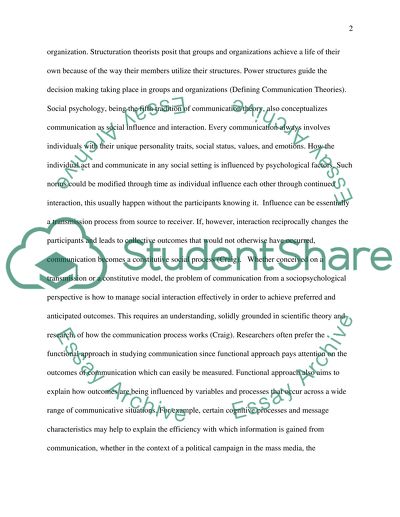Cite this document
(“Communication Theory Essay Example | Topics and Well Written Essays - 1000 words”, n.d.)
Communication Theory Essay Example | Topics and Well Written Essays - 1000 words. Retrieved from https://studentshare.org/sociology/1501613-communication-theory-essay
Communication Theory Essay Example | Topics and Well Written Essays - 1000 words. Retrieved from https://studentshare.org/sociology/1501613-communication-theory-essay
(Communication Theory Essay Example | Topics and Well Written Essays - 1000 Words)
Communication Theory Essay Example | Topics and Well Written Essays - 1000 Words. https://studentshare.org/sociology/1501613-communication-theory-essay.
Communication Theory Essay Example | Topics and Well Written Essays - 1000 Words. https://studentshare.org/sociology/1501613-communication-theory-essay.
“Communication Theory Essay Example | Topics and Well Written Essays - 1000 Words”, n.d. https://studentshare.org/sociology/1501613-communication-theory-essay.


